Whether you want to power up your local climbs or conquer the snaking bends of Alpe d’Huez, becoming better at climbing can be one of the most exciting and rewarding parts of cycling.
But cycling uphill can also be one of the most demoralising elements of riding. Grinding to a halt on a climb – however long – or seeing other riders whip past you is never enjoyable.
You don’t need to do brutal seven-hour training sessions to climb better, though. Refine your ascending skillset, from climbing technique to kit choices, and you’ll see impressive results.
With the help of an elite team of experts, we’ve created a blueprint to help you ascend like a champion. And don’t worry if you don’t live in the mountains, either.
“Even if you only have a few small hills at your disposal, you can get creative,” insists Phil Paterson, an endurance coach at Power Watts.
“You can ride hills multiple times, work on your technique or boost your strength. Whatever you do will give you useful information on your speed, heart rate and power when climbing, which you can use to pace and improve future rides.”
Alongside 10 tips to improve your climbing by bike, this guide covers how to tackle climbs of different lengths and magnitudes.
It also includes two workouts to improve your climbing and one way you can really test your climbing capabilities while having fun at the same time.
10 tips to improve your climbing – how to cycle uphill faster
1. Choose the right gear ratios
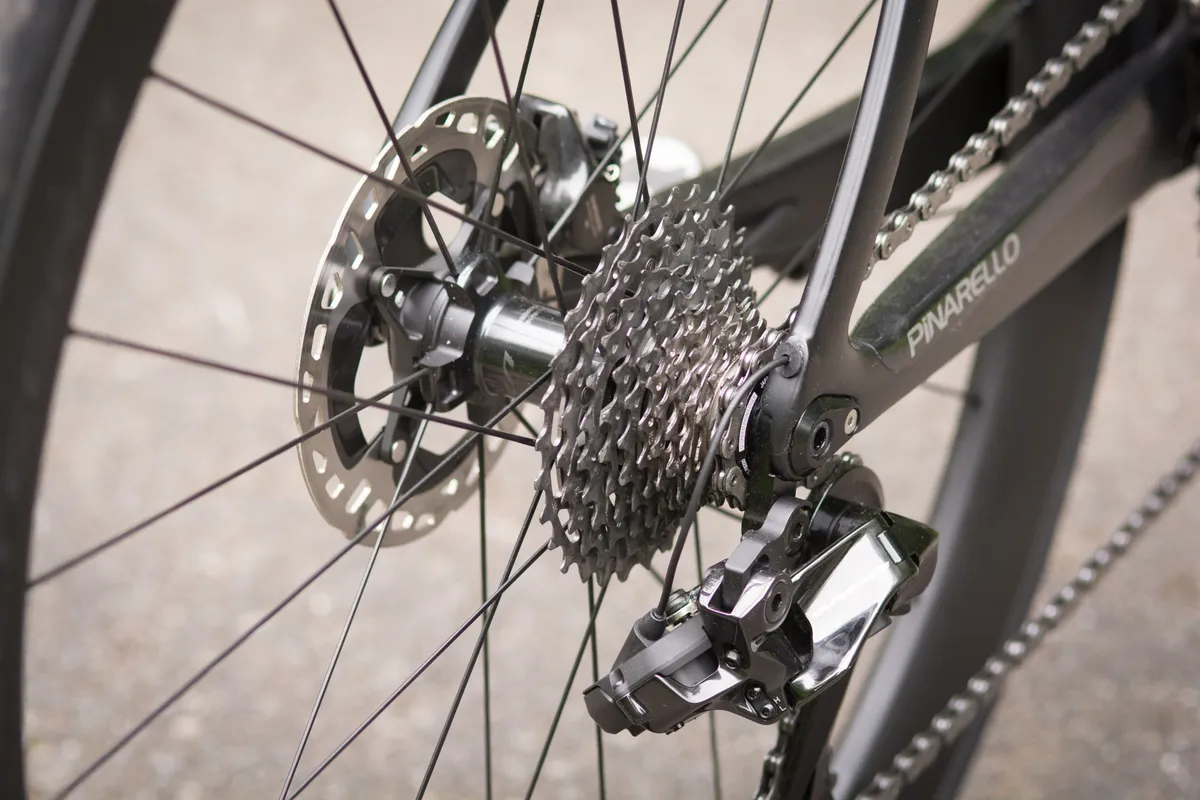
To glide up climbs, you first need the right gear ratios.
Ensuring your bike has the appropriate gearing for the terrain you're tackling, and your fitness level, is key.
The advent of 12-speed road bike groupsets means even the pros are using cassettes with at least a 30-tooth largest sprocket, so don't be shy about going large.
“Also consider switching to a compact or semi-compact front chainring for more generous climbing ratios,” adds Paterson. This is a good idea if you're travelling to somewhere with longer or steeper climbs than you are used to.
A standard 2x crankset has a small ring with 39 teeth, but a compact has 34 teeth on the inner ring, and a semi-compact has 36, making it much easier to spin the pedals and keep your cadence up when you’re tackling steep climbs.
2. Consume low-fibre fuel
Nutritionist Will Girling suggests a low-fibre breakfast – such as a banana and almond butter on toast or a bowl of white rice and eggs – to replenish your glycogen stores without weighing you down on climbs.
“Low-fibre food, such as bread and white rice is popular with pro riders as it’s light and easy to digest,” says Girling.
But be aware that some high-fibre food, such as baked beans, can feel heavy on your stomach when you climb.
“For breakfast, aim for around 1.2g of carbs per kg of body weight,” adds Girling.
3. Improve your FTP
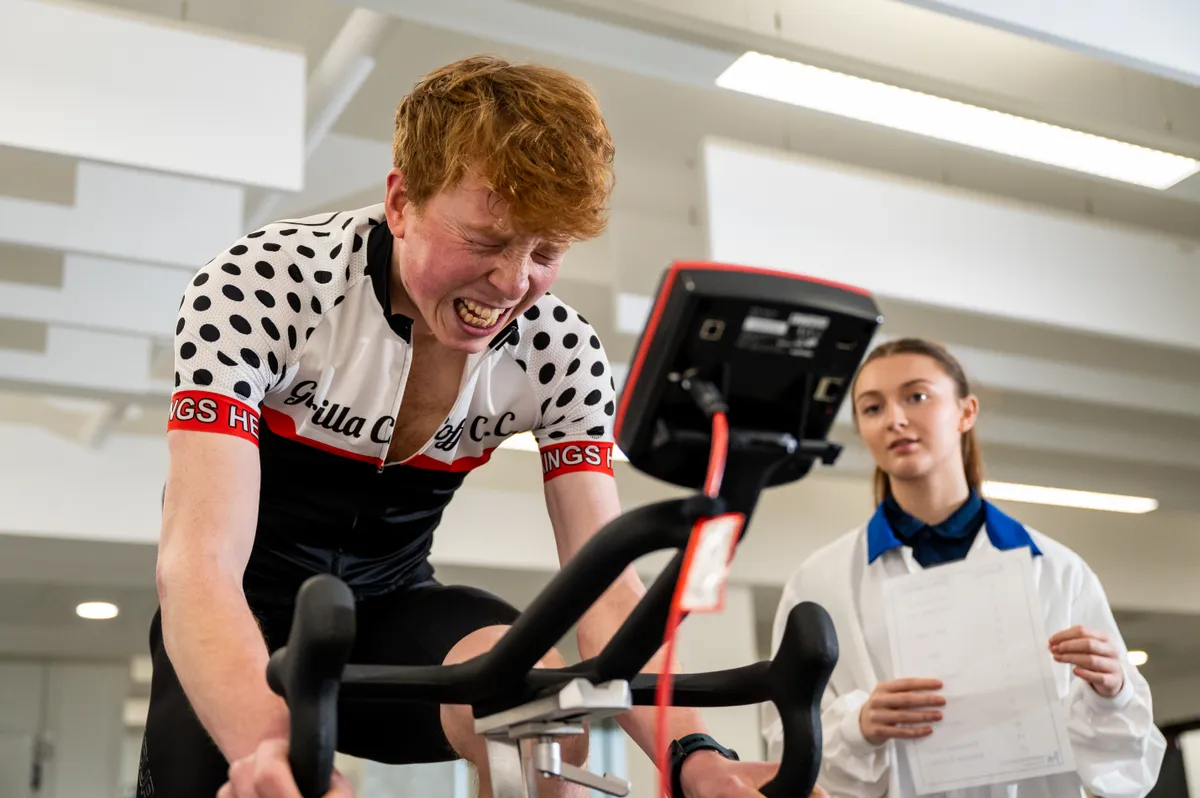
Your functional threshold power (FTP) – the power output you can sustain for an hour – is a useful metric for monitoring your ability to handle the sustained effort of long climbs. And you can rapidly improve it with well-targeted interval training.
“Threshold on/off sessions can help you to cope better with climbing,” explains national hill climb champion turned coach Matt Clinton.
“Doing efforts at 140-150 per cent of your threshold power for 30 seconds on and off during your training rides will help to push up your threshold,” says Clinton.
4. Take a stand
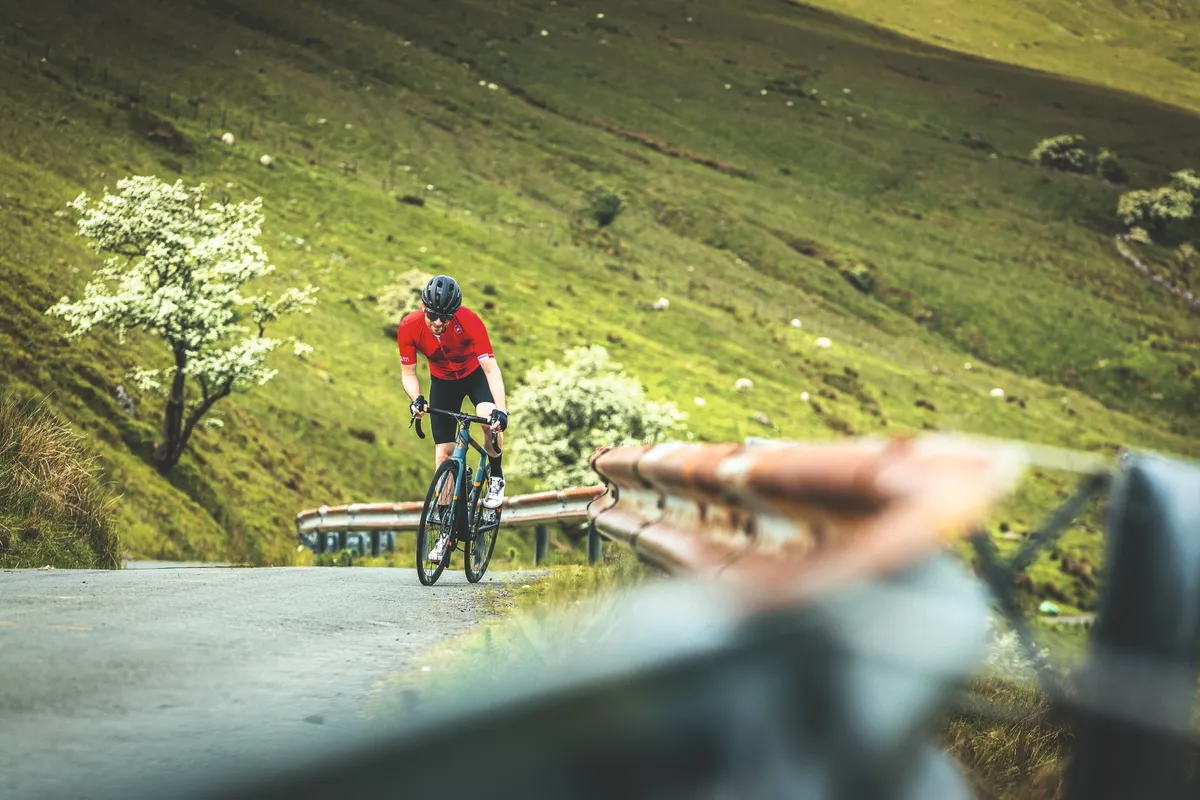
Is it better to sit or stand on climbs? The answer depends on the climb.
“The shallower the gradient, the faster we climb, which means aerodynamics are still a factor,” explains Paterson.
“So seated climbing is more efficient up gentler climbs. But, once the gradient kicks up above 10 per cent, aerodynamics are less important, so standing up may give you more power as you can use your body as leverage.”
Practise both in training so you’re ready for every scenario.
5. Lighten your load
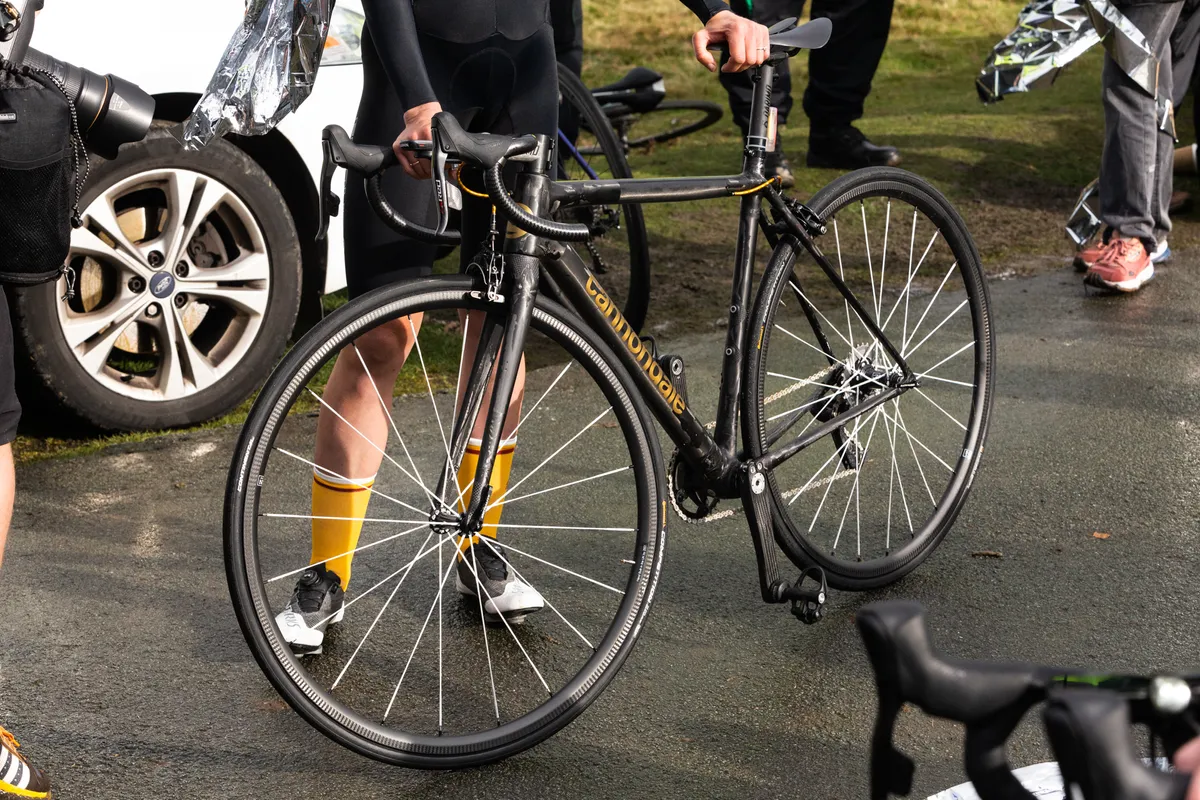
Aerodynamicist and Commonwealth Games team pursuit silver medallist Dan Bigham says it’s time to lighten your load.
“At low climbing speed, the critical performance determinant is watts per kilogram, so to climb faster you need to put more power in (through training) or reduce your system mass – that’s you and your bike,” he explains.
For truly committed hill-climb specialists, that means a lighter frame, handlebar, wheels, cranks, shoes, helmet and clothing, Bigham says.
Of course, shedding excess body fat will help too.
6. Cycling hill repeats
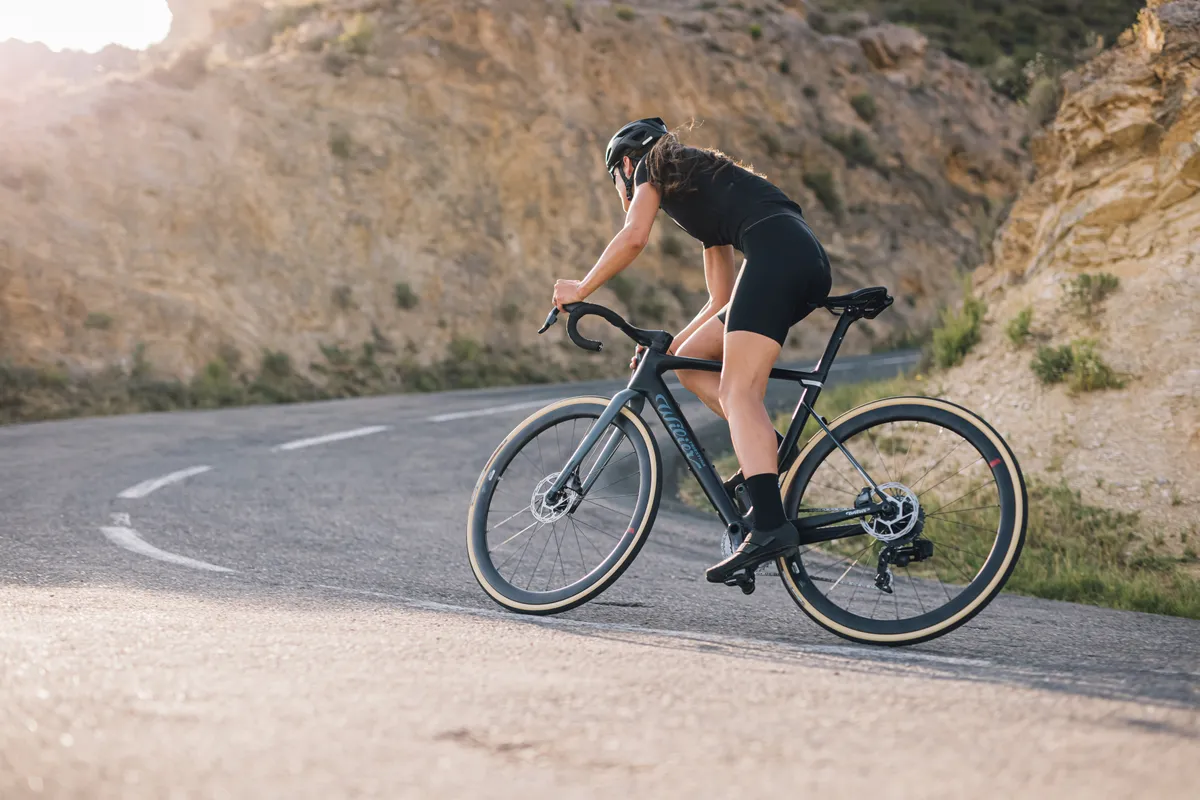
“Hill repeats are a sure-fire way to improve your climbing,” asserts Matt Clinton. “Do an hour up and down the same climb, using the descents as recovery.”
This will boost your aerobic capacity, your stamina and the performance of your mitochondria – the membrane-bound energy powerhouses within your cells. It will likely help increase your average speed, too.
“It’s also a mental challenge as it trains you for the repeated exertions of climbing,” adds Clinton.
7. Give yourself an energy boost
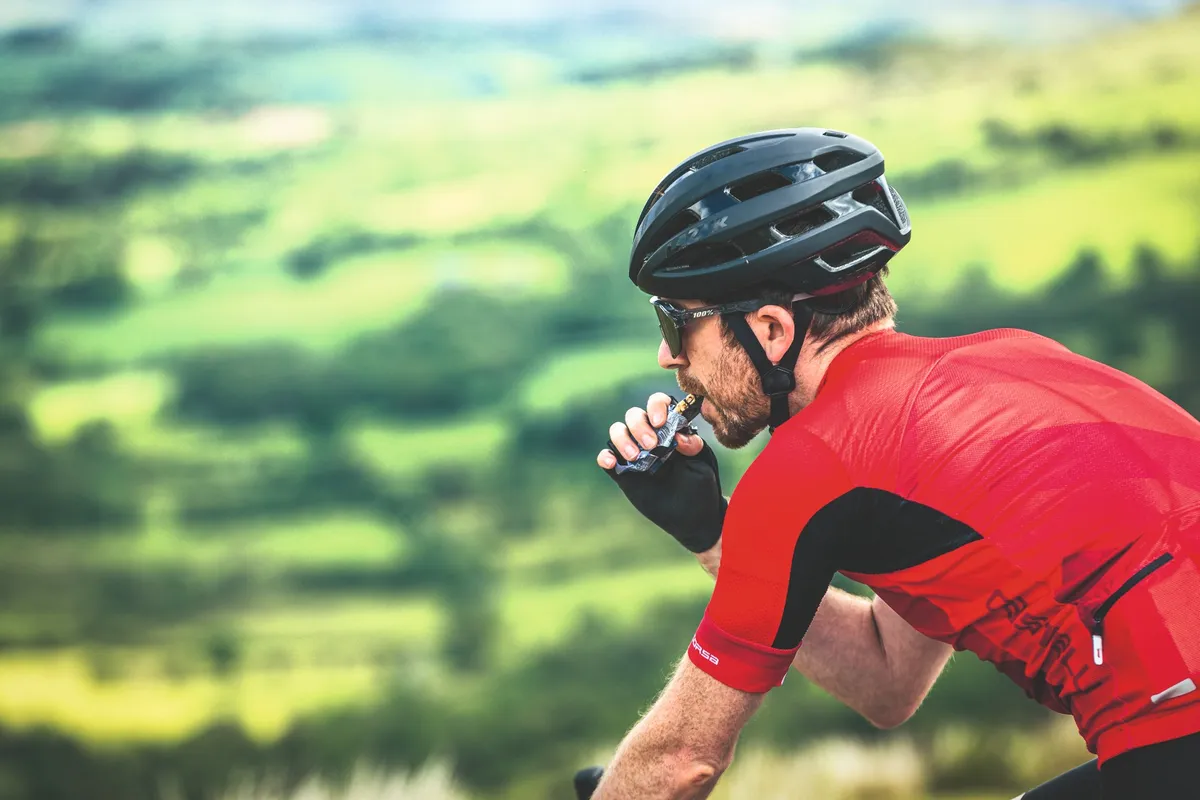
Give yourself an energy boost before a climb.
“It takes 15 minutes for blood sugar levels to peak after the ingestion of fast-absorbing carbs, like gels, drinks and energy bars,” explains Girling, “so eat 15 minutes before and you’ll start that climb in a position of high-blood glucose.”
A dose of caffeine, whether from a café break or a caffeine gel, will also help.
“Taking at least 3mg of caffeine per kg of body weight has been shown to reduce the rate of perceived exertion and have a positive impact on performance,” says Girling.
8. Pace yourself
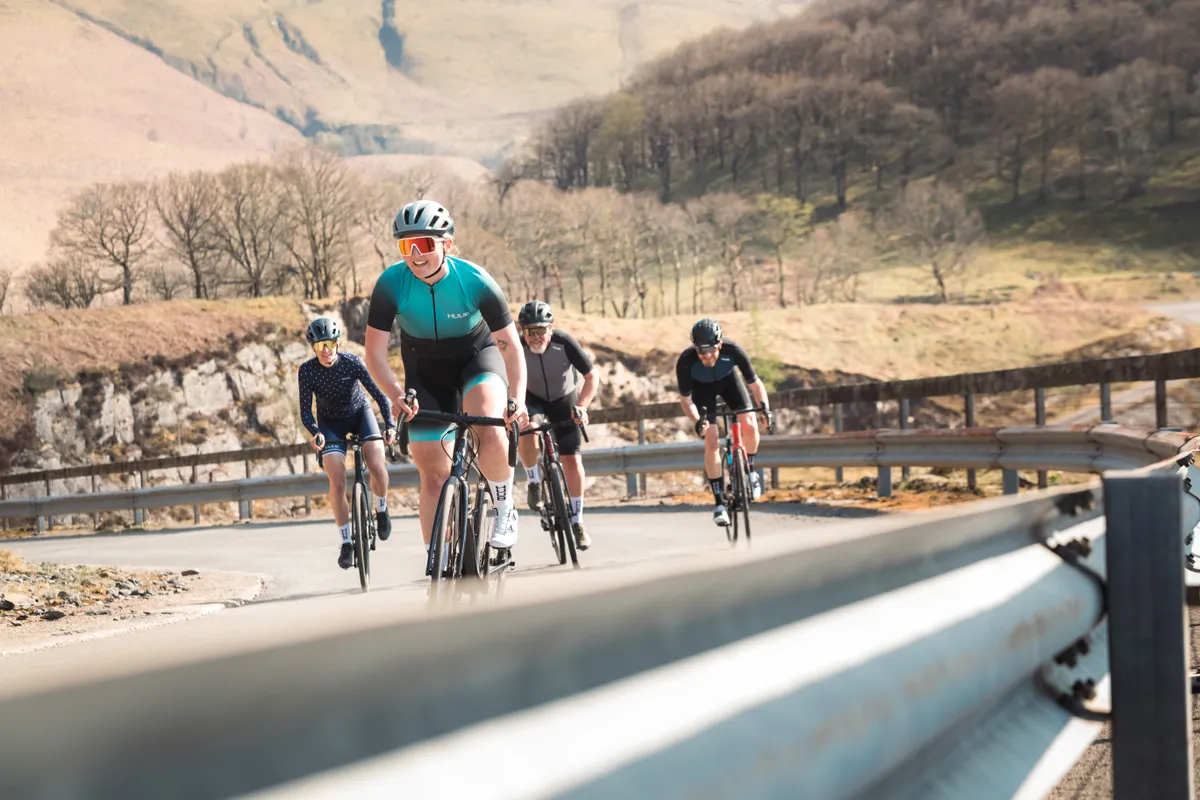
Pacing is a key aspect of climbing, so aim for a speed and gear choices that preserve your energy.
“For those less experienced at longer climbs, keep things controlled early on in relation to power, heart rate and cadence,” suggests Bigham. “As your confidence builds through the climb, pick things up and keep a good consistent pace that you can sustain.”
9. Win the mind games
Every rider needs a personal strategy to conquer the pain of climbing. For some, that’s as simple as counting to 100.
Ineos Grenadiers rider and 2019 British national road race champion, Ben Swift, says: “I find it’s really helpful to focus on your breathing. Try to regulate it as you climb because it helps you to keep your focus.”
10. Attack the flat

Even pancake-flat roads can help you prepare for climbing.
“If you’re in Essex and it’s really flat, just ride at a higher tempo on the flat, because it’s similar to the high power needed on a climb,” suggests 2018 Tour de France winner Geraint Thomas.
Riding on the flat at your threshold pace will help build the sustained power output needed on long climbs.
Shorter climbs vs longer climbs
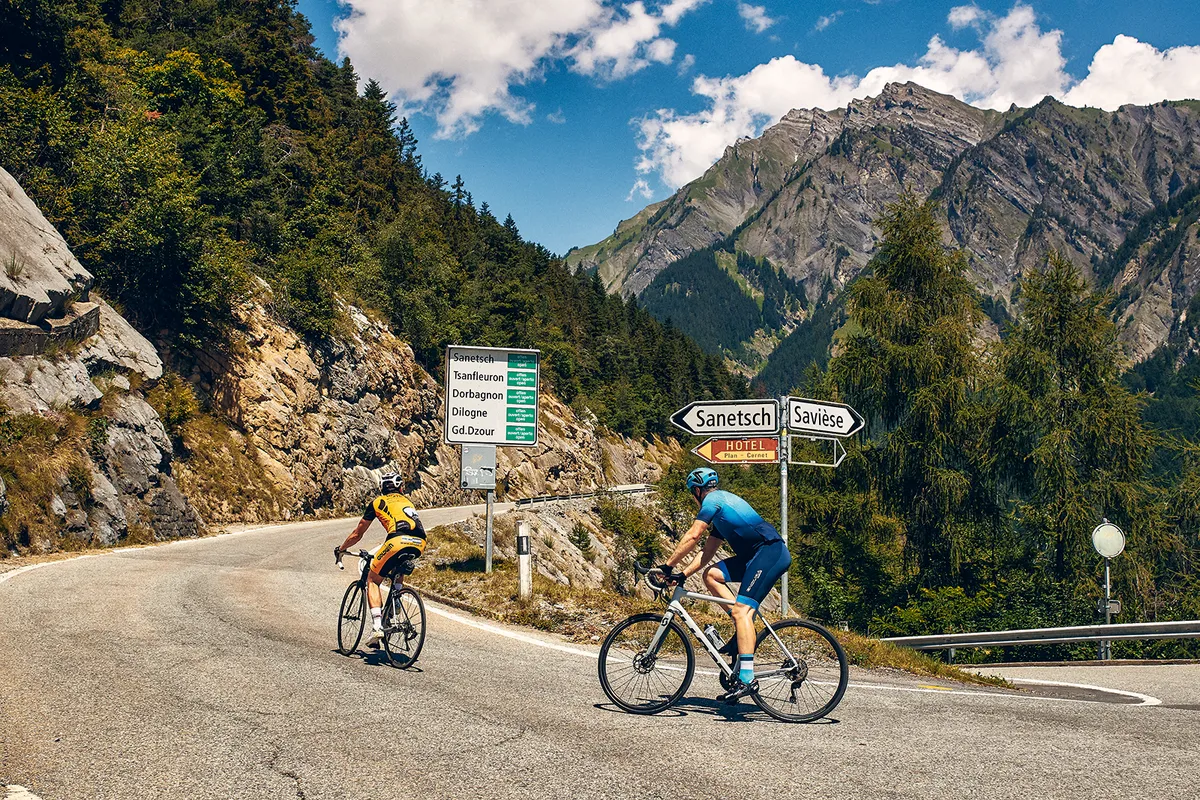
The tips above will help you improve your climbing for cycling across different terrain. But knowing what type of climb you want to take on will help you tailor your training and determine which tips to keep at the forefront of your mind.
Shorter climbs
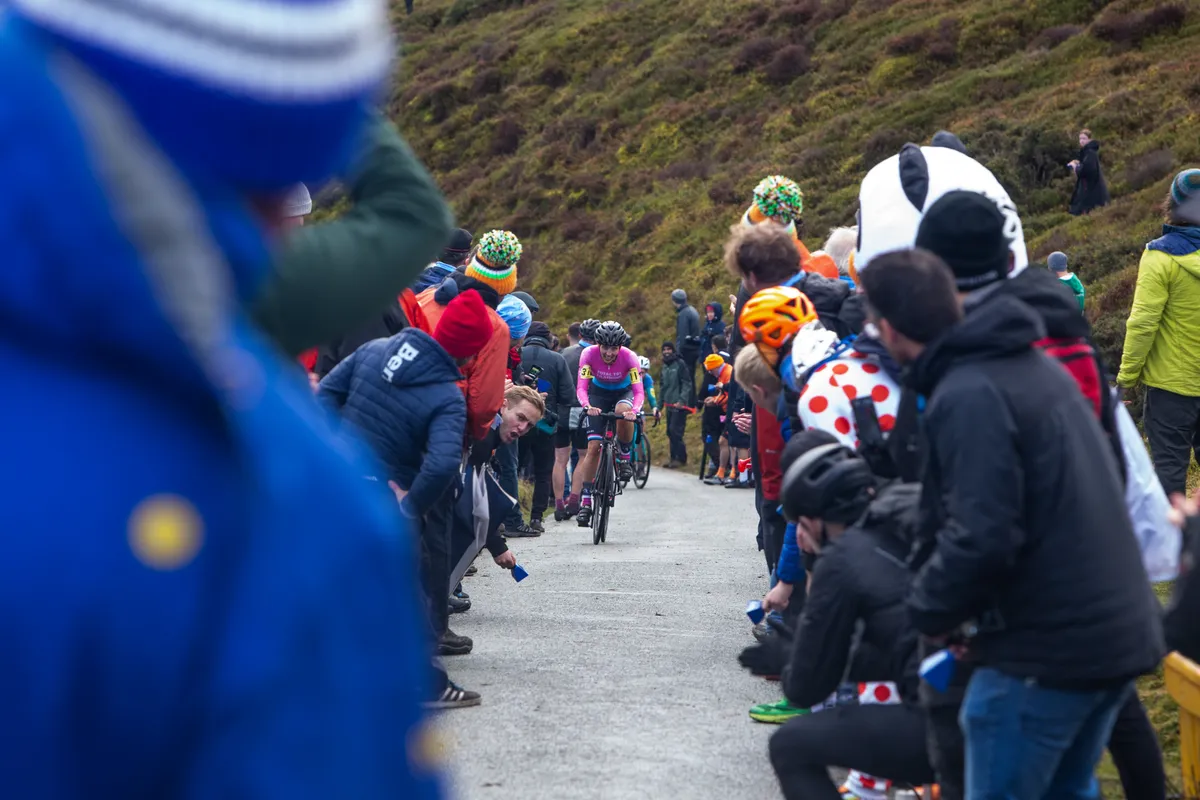
If you are training for short climbs, which characterise races such as the Tour of Flanders and are a feature on many people’s regular rides, then you should look to improve your VO2 max and sprinting.
This will stand you in good stead to take on efforts of 2 to 3 minutes on gradients upwards of 8 per cent and some of the UK’s steepest climbs.
Hill repeats are a good way of training for this kind of effort and so is practising brow sprints.
Brow sprints are where, on reaching the hill's summit, you immediately get into your big ring and sprint over the brow to full speed for when you descend.
Many riders freewheel over the top of climbs, but get your brow sprints sorted and you can quickly slip away from your competitors, or mates.
Longer climbs
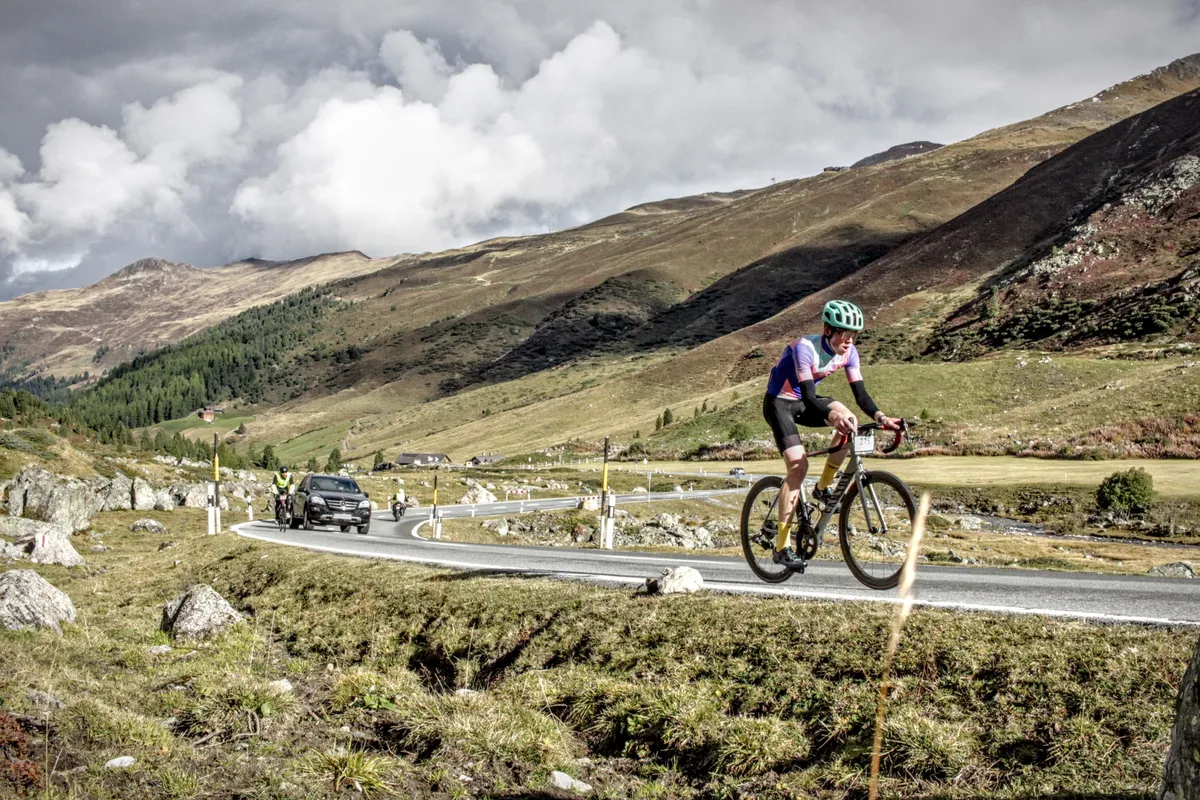
If you’re taking to the Alps for a weekend of long climbs worthy of the Tour de France, then focus on improving your FTP and endurance.
When it comes to taking on these climbs, there are a number of tactics you can employ.
Sitting in the saddle for as much of a long climb as possible is the most aerobically efficient way to the top. Standing on the pedals will burn up vital glycogen stores faster. If you must get out of the saddle to give your backside a rest, try to resist rocking the bike too much because this can waste precious energy.
A steady cadence of around 90rpm is ideal. Don’t let a gear get too far ‘on top’ of you before you change into an easier one. This will sap your precious glycogen reserves, and changing down with too slow a crank speed puts a lot of pressure on mechanicals.
It’s important to relax when taking on long climbs. Work on climbing with your back straight and shoulders back with your hands resting on the bar tops. This will open up your diaphragm, making more space for your lungs to expand into, and improving your aerobic efficiency.
It’s wise to pace and not to race. Some big sportives and most mountainous events have climbs that can take an hour to ascend. If you go too hard, too early, there’s a good chance you could blow up before the top.
The key is to stay aerobic as much as possible until you’re ready to give it your all – perhaps in the last few miles of the event’s summit finish.
If you’re using a heart rate monitor, this threshold figure will typically be at about 65 per cent of your maximum heart rate. If you’re riding on perceived exertion alone, you need to back off when holding a normal conversation is no longer possible.
Hill training for cycling – exercises to help you climb quicker
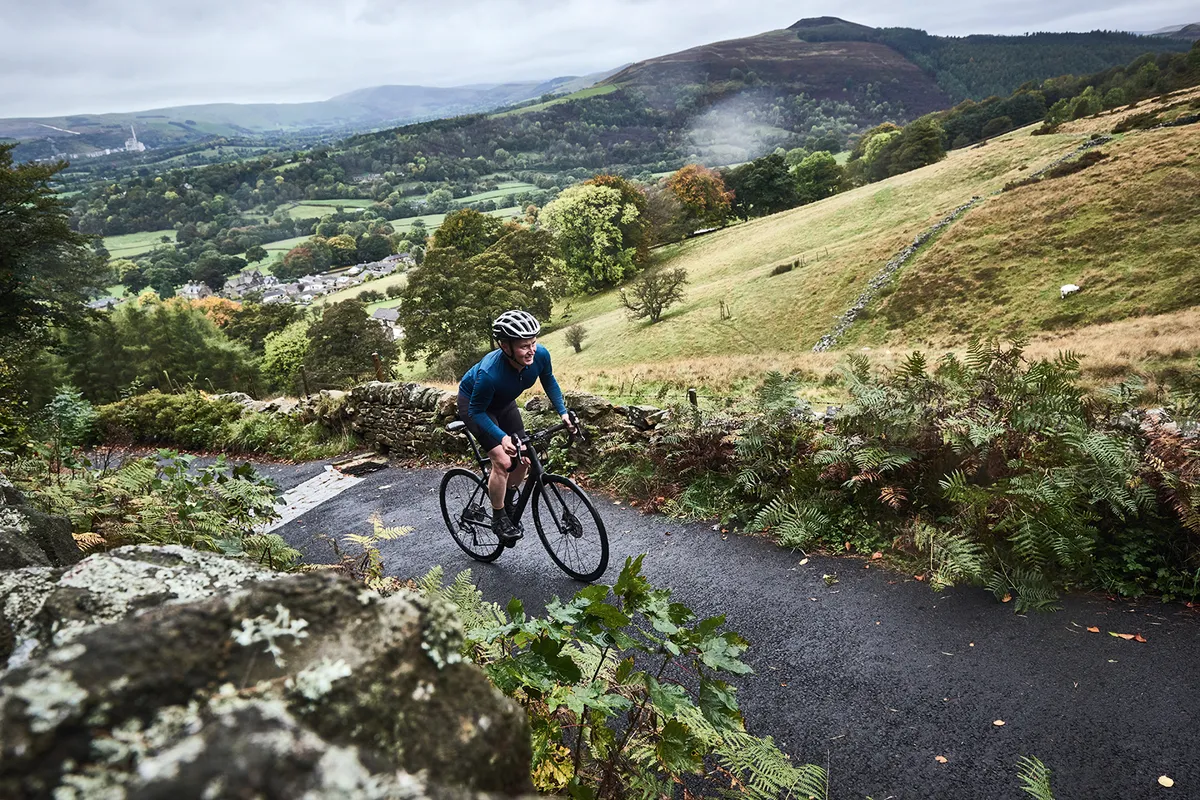
There are many ways to train to improve your climbing. But these climbing workouts and cool-down sessions, devised by Phil Paterson, represent two different approaches to improving your climbing prowess.
Cadence switches
High-cadence efforts train you to spin faster on climbs, which is more energy-efficient than grinding uphill in a big gear. Low-cadence efforts prepare you for steeper ascents, when your cadence will be slow.
“Spending time at both lower and higher cadences (rpm, revolutions per minute) helps you adapt to changes in gradients without endlessly flicking your gears to give a more consistent pace,” says Paterson.
You can do cadence switches outside, but one of the best smart trainers or the best indoor bikes with a programmable function will make it easier to focus on your cadence.
This workout will take 45 minutes and we recommend you fuel up with a banana 15 minutes before you start.
Cadence switches workout
Warm-up
- 8 minutes at 40-70 per cent of FTP/40-70 per cent of heart rate (HR)
- 2 minutes at 55 per cent of FTP/55 per cent of HR
Block 1
- 2 minutes at 80 per cent of FTP/70 per cent of HR/65rpm
- 2 minutes at 85 per cent of FTP/80 per cent HR/75rpm
- 2 minutes at 90 per cent of FTP/85 per cent HR/85rpm
- 2 minutes at 95 per cent of FTP/90 per cent of HR/95rpm
- Recovery: 3 minutes at 55 per cent of FTP/55 per cent of HR
Block 2
- 1 minute at 90 per cent of FTP/85 per cent of HR/65rpm
- 1 minute at 90 per cent of FTP/85 per cent of HR/95rpm
- Repeat 4 times (8mins total)
- Recovery: 3 minutes at 55 per cent of FTP/55 per cent of HR
Block 3
- 1 minute at 105 per cent of FTP/95 per cent of HR/70rpm
- 1 minute at 80 per cent of FTP/75 per cent of HR/95rpm
- Repeat 4 times
Cool down
- 5 minutes at 45 per cent of FTP/40-50 per cent of HR
Mixed hill efforts
Doing mixed efforts within a two-hour training ride will prepare you for the varied physiological demands of climbing.
“On outdoor climbs, you also encounter things the turbo cannot replicate, such as changing angles, corners and road conditions,” says Paterson.
“A gilet is a great item of clothing when you have 30 minutes of getting hot from climbing, followed by chillier descents,” says Paterson.
“Always pack one extra gel,” advises Paterson. “Repeated efforts above FTP create more fatigue, so you may ‘bonk’ more quickly.”
Mixed hill efforts workout
Warm-up
15 minutes steady pace at 80-90rpm.
Main sets
The exact structure will vary as you adapt this workout to your local route and fitness levels, but include a mix of the following efforts and keep a good rolling speed between each set.
Endurance efforts
On longer climbs (15 minutes) boost your strength and stamina with a sustained seated effort. “Aim for a set power target, heart rate or rate of perceived exertion (RPE), adapting your cadence and gears to maintain a consistent output,” advises Paterson.
Climbing technique sessions
On shorter climbs (2-3 minutes) mix up your seated and standing efforts as the gradient changes to strengthen different muscle groups and refine both techniques.
VO2 boosts
“On medium climbs (5 minutes) go for a VO2 max ‘bury yourself’ effort,” says Paterson.
Ride at 110-120 per cent of your FTP/90-100 per cent of your HR to quickly boost your cardio fitness and lactate recovery.
Cool down
Finish off your session with 10-15 minutes of easy riding.
Enter a hill climb competition
If you want to put your climbing abilities to the test, why not enter a hill climb competition? Whether it’s a mass start or a time trial, it will push you to the max and potentially prove a lot of fun.
Hill climb competitions are run in Britain as an end-of-season tradition with small cash prizes, and an extensive list can be found on the Cycling Time Trials website.
For readers in other parts of the world, your local cycling club might have their own informal timed hill climb planned, or may know of one.
